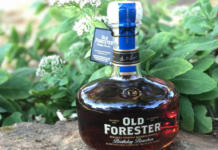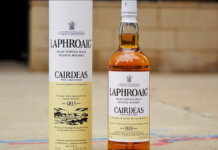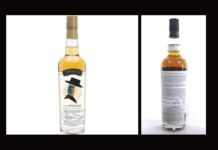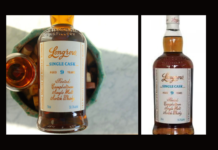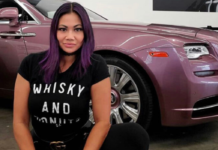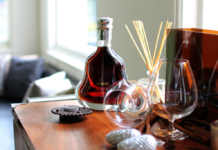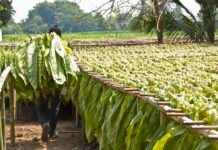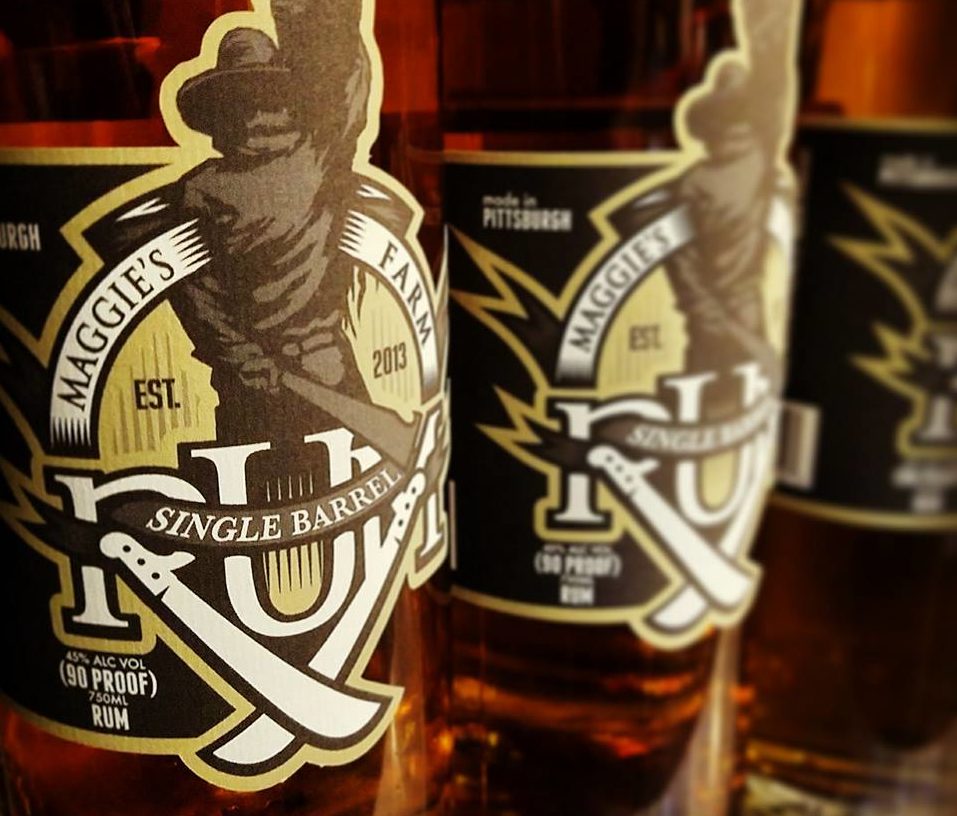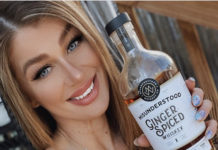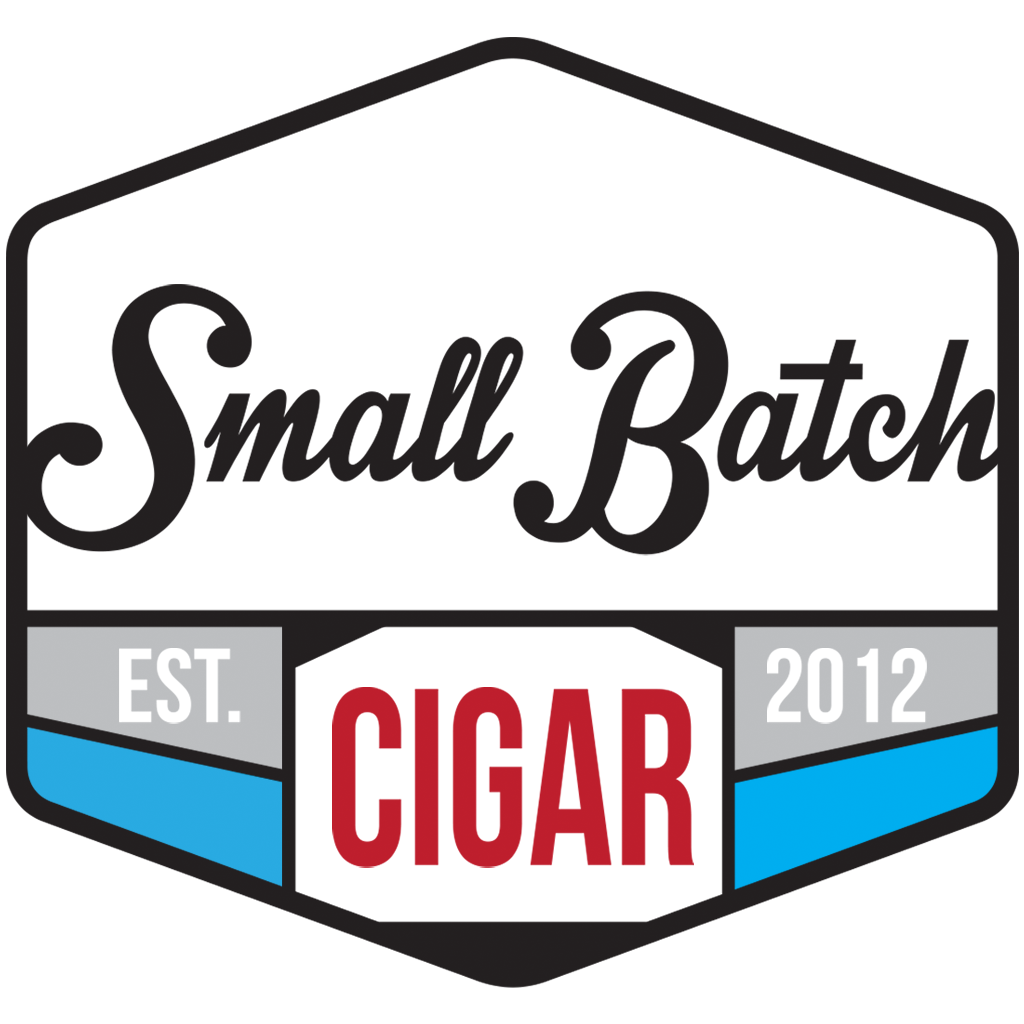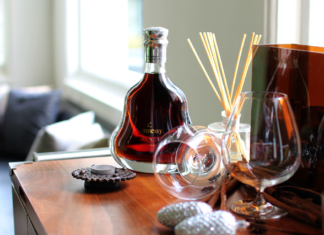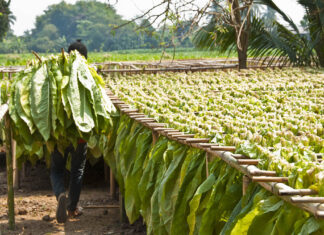Our awards for Maggie’s Farm Rums, including, but not limited to, Pennsylvania Distillery of the Year, Best-of-Category Spiced Rum, Best-in-Class Rum, and Best-in-Show Spirit, all from prestigious American craft and international spirits competitions make us one of the most awarded distilleries in America since our inception in October of 2013.
Allegheny Distilling is an urban distillery located in the historic Strip District of Pittsburgh and maker of Maggie’s Farm Rum, the first commercially-available Pennsylvania-made craft rum since Prohibition. Maggie’s Farm is more about what it isn’t, a corporate entity where marketing gimmicks and bottom lines trump taste and quality. Maggie’s Farm is an independent craft distillery founded without the support of banks, venture capitalists, and rich relatives.
All of our rums are distilled from turbinado, a raw cane, rather than molasses and pot-distilled for body and flavor on 100% copper Spanish-made stills. All of our aged rums are now pushing two years old and aged in neutral rum casks, same as most Caribbean distillers do, to preserve the flavors and aromas produced by tertiary esterification, rather than the oaky flavors produced by new charred or ex-whiskey casks used by most American craft rum distillers. All of our stills and manufacturing processes are on display right behind the cocktail bar in our distillery’s tasting room located in Pittsburgh’s industrial Strip District.
We spoke to the proprietor Tim Russell of the Maggie’s Farm Distillery.
Tim, I would like to kick off by asking what the backstory is to setting up the Maggies Farm, how you came to be involved and what drew you to the project? What led you to start your own business?
TR: It started with an unhappy point in my life, working too many hours without sufficient reward for a large corporate entity. Anyone familiar with the Dylan song knows how it relates to that feeling. I actually made the decision to strike out on my own when Maggie’s Farm played on my computer during a particular difficult work day.
I had been a home brewer for about 8 years or so and was considering taking that beloved hobby full-time, but there was a lot of risk: Everyone and their brother seemed to be planning a brewery and, in hindsight, I honestly wasn’t that good at making beer anyways. But spirits were different. They were ground floor. And they were following the craft beer trends.
Then a few opportunities presented themselves: Pennsylvania began the process of adding new legislation allowing distillers to sell direct to consumers by the bottle and by the glass; The Siebel Institute in Chicago just launched their craft distilling and distillery management program, and I got laid off from my job. I took the extra time off to attend Siebel, do a lot of studying and planning, of both spirits and business, and committed to go for it. I finally withdrew most of my 401k, penalties be damned, and started my equipment purchase and property lease.
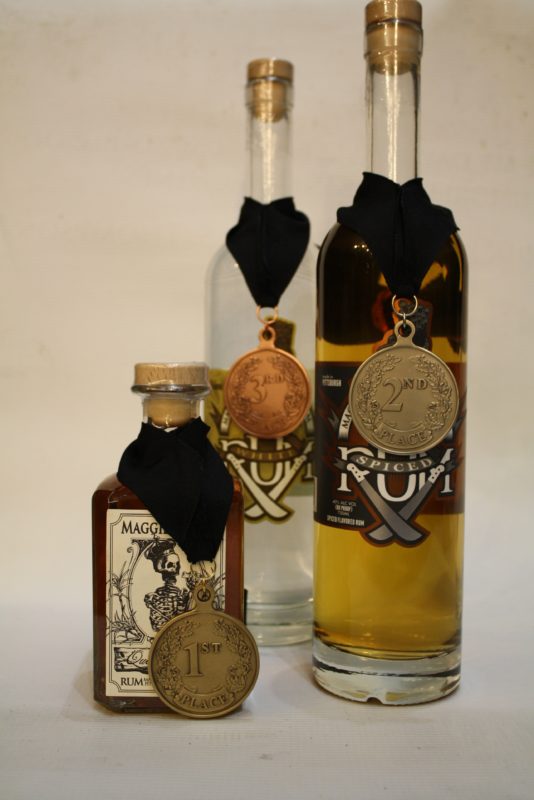 What have been the main challenges involved in setting up a new distillery?
What have been the main challenges involved in setting up a new distillery?
TR: The two main challenges are always financial and bureaucratic. I dealt with both. I brought on a friend who was a general contractor who shored up the remaining cash to finish our build-out and get the doors open with the bare minimum operations. But there was a lot of waiting on government approvals at every level. Federal licensing, state licensing, city building permits, and of course TTB labeling. Congress shut down the government over a budget disagreement days before we were expecting label approval which pushed our first sales back weeks. We did get some nice press out of it, though: https://www.c-span.org/video/?c4469144/maggies-farm-rum-congress
And what has been the part you’ve enjoyed most?
TR: Just making good rum. Someone in craft beer once told me years ago that there were two types of people in the industry: Those that wanted to make money selling beer and those who wanted to make good beer. Quality always comes first at just about any cost and I’ve never rested on a process or recipe; After nearly four years in production I’m still tinkering with each product. I’m still not satisfied.
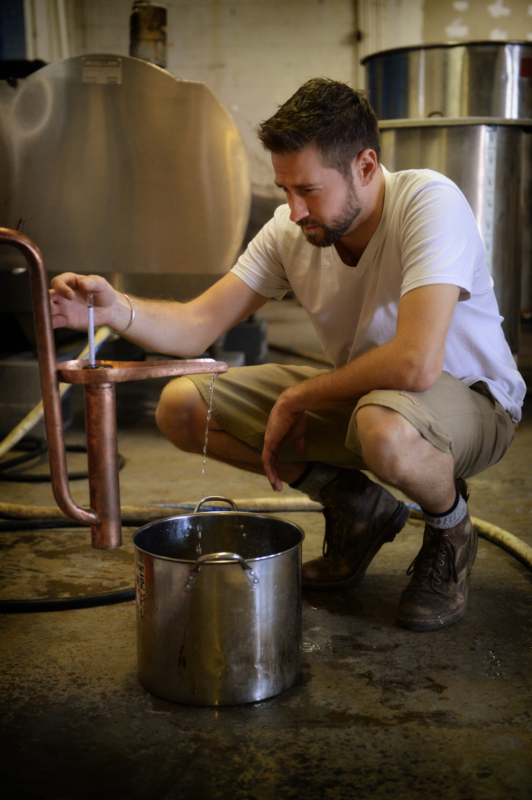 What exactly does your job entail?
What exactly does your job entail?
TR: For the first two-and-a-half years, everything. I was the only employee. I did all the fermentation prep, distillation, filtering, bottling, labeling, packaging and all the administrative stuff that came with running any business. We’ve been fortunate enough to grow recently adding three other employees, including an assistant distiller. Most of my week is administrative, paying bills and taxes, fighting with vendors over late deliveries, but I still get dirty a few days week keeping oversight on all cuts for the final rum distillations as well as the maintaining the barrel program.
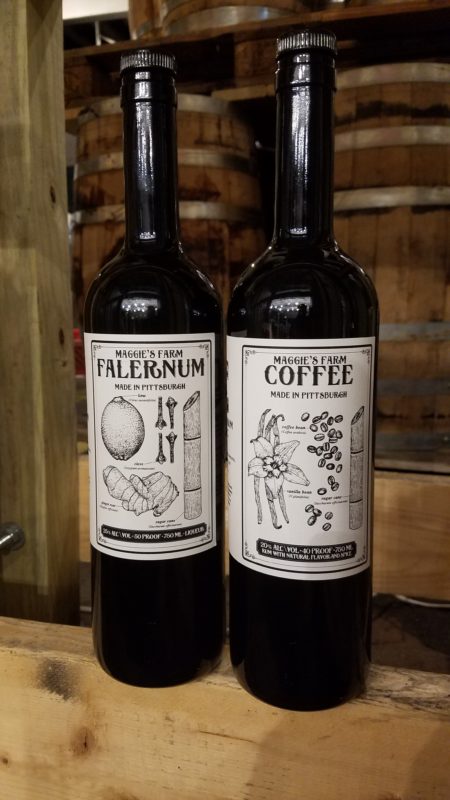 What rum expressions do you currently produce?
What rum expressions do you currently produce?
TR: Our core lineup includes a white, spiced, and a dark rum. We make a reserve rum called the “Queen’s Share.” It’s a process I learned from a master distiller in Grand Cayman. He learned it from an old Jamaican estate distiller who also had it passed on to him. The process is keeping the late tail-runnings from all your normal rum distillations, the point where your ethanol is mostly residual, but you have a high concentration of congeners, the oils, and flavor and aroma compounds that give a spirit its body and character.
Once we’ve collected enough, usually about ten normal batches worth, we redistill them on their own. This reconcentrates the spirit in ethanol, but also brings with it a higher concentration of flavor, aroma, and body. And the additional distillation makes it smoother. We sell this at cask-strength both unaged and aged.
We’ve also recently launched two new rum-based liqueurs, a coffee liqueur made with a locally-roasted single origin coffee that we grind and cold-brew in house. The other is our version of falernum, a ginger, clove, and lime liqueur, which I believe may be the only shelf-stable fresh ingredient version currently on the market. Single Barrel is our standard aged rum we’ve been producing but are aging in ex-rum casks for at least 2-3 years before releasing.
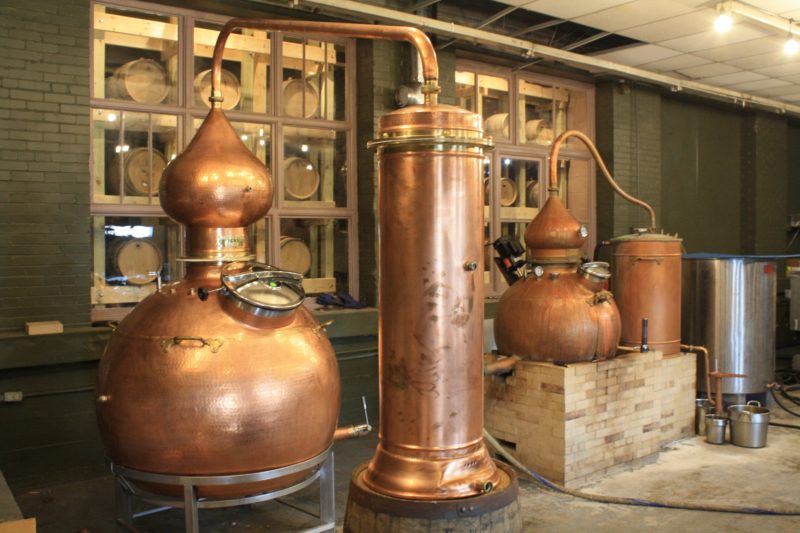 Is there a flavor profile that you aim to achieve when malting, mashing, fermenting, distilling and maturing?
Is there a flavor profile that you aim to achieve when malting, mashing, fermenting, distilling and maturing?
TR: We actually don’t use molasses for anything, but rather a fermentation of 100% turbinado sugar, a raw sugar that we source from a family farm in Louisiana. We use a Caribbean-derived rum yeast which we pitch at higher than normal temperature, about 105F, which is maintained through primary fermentation, about 4-5 days. This coaxes some additional flavor. Some secondary lacto-fermentation then follows in our open fermenters for about another five days. This achieves the acidification we’re looking for that later on creates secondary and tertiary esterification as the spirit matures.
It provides a different flavor in the white rum, something that falls somewhere in between a heavy Caribbean molasses rum and an agricole style rum of the French West Indies. The aged versions develop lighter caramel, vanilla, and fruity notes.
Talk for a minute about your choice of still – how did you know it would create the flavor profiles you were looking for?
TR: That’s really a crap shoot when you start out. I knew I was making a rum, and not a neutral Cuban/Puerto Rican-style one, but a full-bodied, full-flavored one. Part of that comes from your yeast and fermentation process, but a lot of it comes from pot-distillation. I selected Hoga as the still-maker, a manufacturer in Spain known for hand-producing pot stills known specifically for rum, whiskey, and brandy. There’s no bells or whistles. All your adjustments are made manually using your senses of taste an aroma and temperature and gravity measurements, but they’re 100% copper and reputable. We have three now. A 20l pilot still, a 400l one, and we just added a 1000l one.
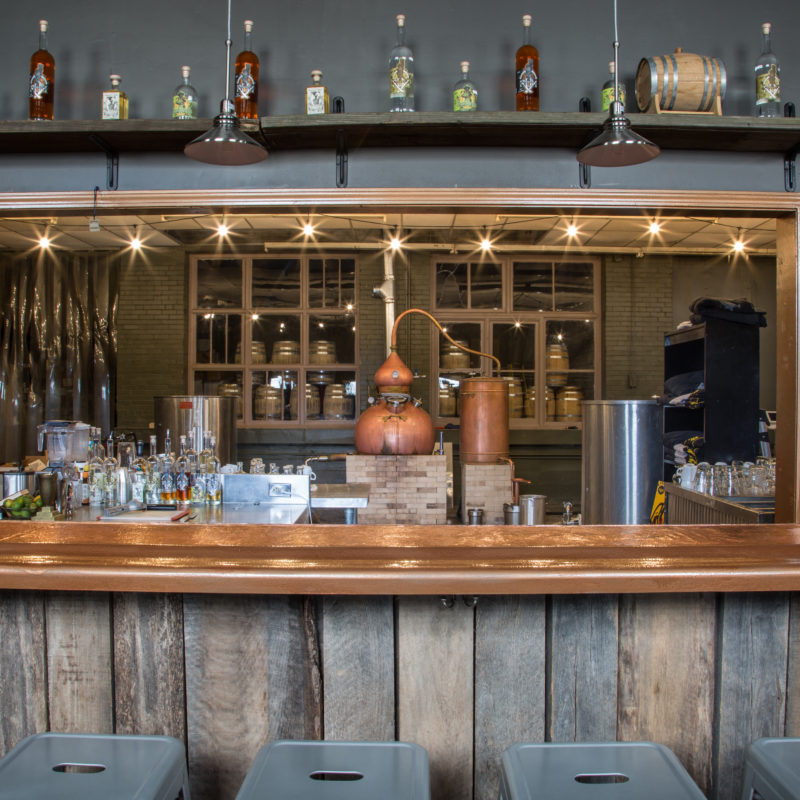 How do you expand your rum nationally? Any plans to do so?
How do you expand your rum nationally? Any plans to do so?
TR: Expansion outside of the home market is probably the biggest challenge for an established craft distiller right now. Opening a distillery is the hot thing to do and that’s fine when you have a local market, but distribution is another game. Saturation in craft spirits is quickly becoming apparent. Distilleries seem to be opening at an exponential pace, but few to no new distributors are opening and shelf space is limited.
In my experience there are three factors to gaining distribution expansion: good product, good marketing/branding/story, and money. I think you need at least two of those to succeed in the national market. And I think we’ve got two (money isn’t one and we still work to improve the other two).
We’ve focused a lot of our marketing funds on the competition circuit, sticking with about five or so reputable international and American craft spirits competitions. Since our opening, we are arguably the most awarded rum distillery in the country during that period. This helped us get some national attention and get our story out. But, still, for the first three years we only distributed within our home state of Pennsylvania.
We only recently pulled the trigger on completing a production expansion and started looking at new markets. Earlier this year we began self-distributing in Washington DC, and signed a deal with a Tennessee company for Nashville distribution (Tennessee Wine and Spirits). We’re currently in talks with distributors in New York, Maryland, Kentucky, and Ohio. Florida could shortly follow.
What advice can you give to others looking to get into this business?
TR: Have a ton of patience. And own your own backyard first while focusing on improving your product and learning. It’s easy to get local support, but thinking you can get your foot in the door in multiple markets off the bat before you’ve learned or earned anything is pure arrogance. Unless you’ve got a spare million dollars or so. Then you can pretty much pay for whatever you want to happen.

Where or who do you feel is the driving, innovative force behind our craft distilling industry right now?
TR: I can’t speak much for other spirits, but Privateer has been doing really admirable business in the rum world. Maggie Campbell, their master distiller, has taken a really scientific approach to distillation and the owners are stocking well-aged rum rather than just expanding distribution with young product. I really like what the guys at Louisiana Spirits have been doing with Bayou rum, as well.
Obviously I don’t speak for those previously mentioned, but I believe we want to compare ourselves to the larger producers. Craft beer, something we look at as a precursor to craft spirits, is still a different world. Almost any craft brewer can introduce a more interesting product than what AB-Inbev puts out. But, spirits are a different animal in the premium aged category. Let’s be honest, very few craft distillers compare with the big producers putting out high-end aged spirits from Kentucky or Guyana. Being on their level with our aged spirits is my ultimate goal, even if we can do it in a shorter, but still appropriate amount of time.
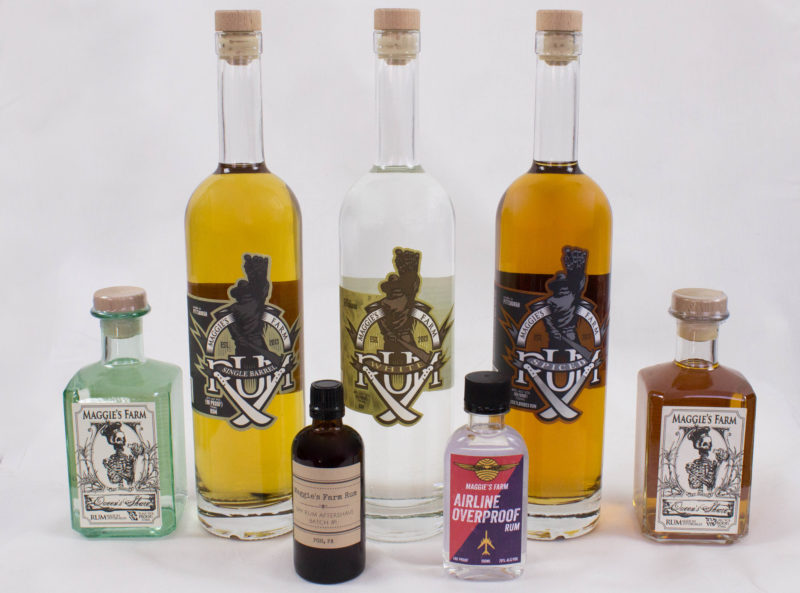 Where do you see your distillery in the next few years?
Where do you see your distillery in the next few years?
TR: Ultimately, I want to be the best American rum distiller. And I want as many people to have access to the product as possible. To achieve this, I’ll keep studying our practices with a focus on continuous improvement and grow at a reasonable pace. I’ve always felt that too many products and too many outlets will ultimately work against you.






